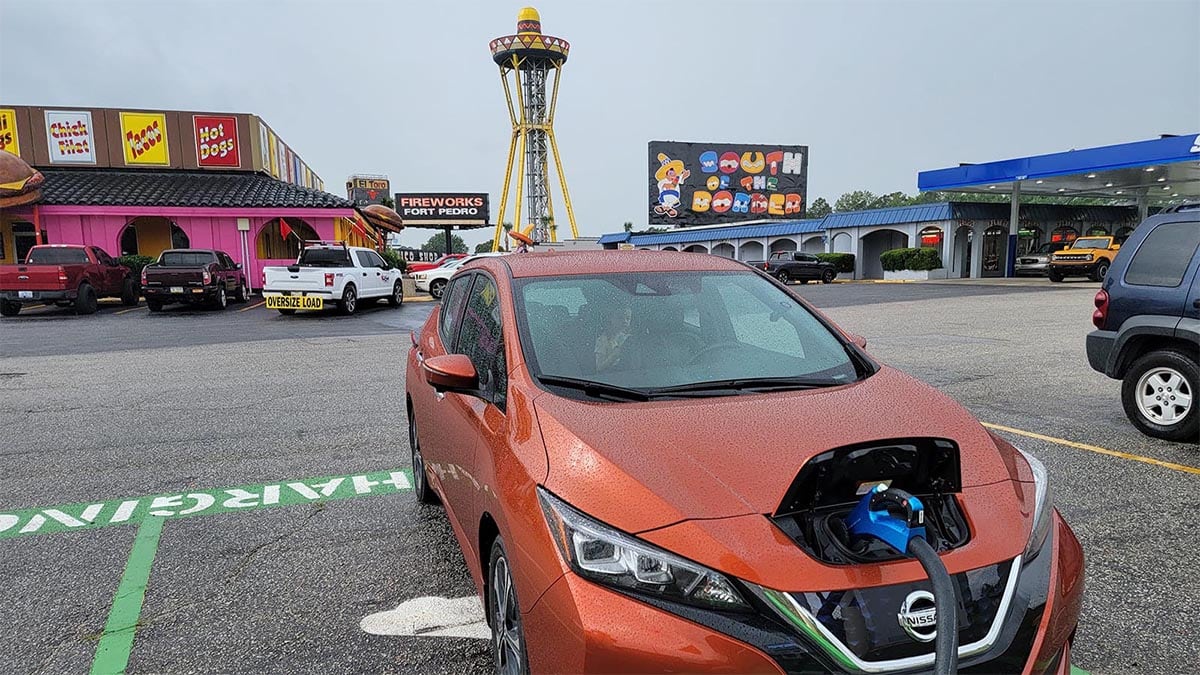In San Jose, California, nearly 40% of new cars registered in 2023 were electric. In Detroit, home to several of the world’s largest automakers, the number is just 3%.
Eight of America’s 10 top EV markets touch the West Coast, according to S&P Global Mobility. The furthest east city in the top 10 is Denver.
“There are still parts of the U.S. that, frankly, don’t have anything to do with E.V.s,” S&P analyst Tom Libby tells The New York Times.
Yet electric cars are popping up in places they were unheard of just two years ago. Texas and Florida, Libby says, were “not on the map” for the EV industry until recently. Now, Austin, Miami, Dallas-Fort Worth, and Orlando all make the top 25 cities for EV sales.
Most of us know the hurdles to EV ownership well. Prices, though coming down, remain higher than for comparable gas-powered cars.
“Small towns and rural areas with few charging stations have some of the lowest rates of EV uptake in the country,” the Times notes. Barriers remain for those in cities, too, if they live in apartments or condominiums without access to a charger. And EVs may be impractical for drivers in colder climates, as cold weather limits current EV batteries and chargers.
But analysts expect the EV market to continue to grow in 2024. S&P predicts that EVs will make up “approximately 42% of total global production of 97 million cars” by 2030.
The International Energy Agency reports that people purchased more than 14 million EVs globally last year – enough to make a dent in worldwide emissions. Just 8.5% of those sales occurred in the U.S.








